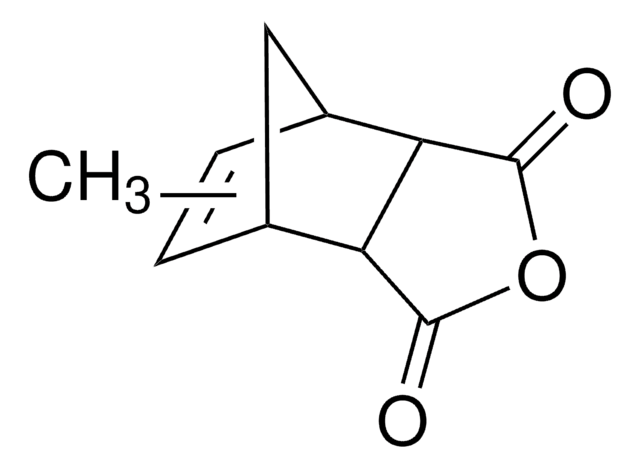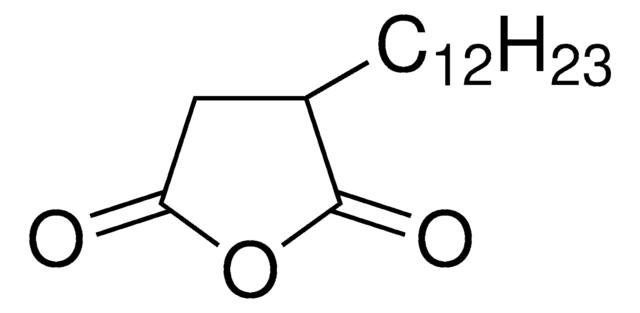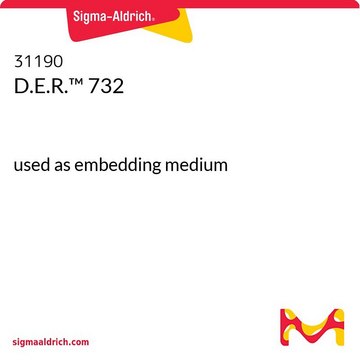45359
Epoxy Embedding Medium kit
embedding resin for electron microscopy
Synonyme(s) :
Epon™ substitute embedding medium kit
About This Item
Produits recommandés
Niveau de qualité
pH
5-7
Densité
1.9 g/cm3
Application(s)
hematology
histology
Température de stockage
2-8°C
Description générale
Application
- to study the role of NDRG2, an essential colonic epithelial barrier regulator, in gut homeostasis maintenance and colitis-associated tumor development
- to study the interaction of polymer scaffold nanofibers with growing cells
- to study the morphological characterization of postembryonic development of blood–spleen barrier in ducks
- to understand the role of NOD1/NOD2 receptors in Fusobacterium nucleatum-mediated neutrophil extracellular traps
Caractéristiques et avantages
- Excellent medium for embedding a wide variety of tissues, including both plant and animal.
- Facilitates rapid embedding (less than 3 hours).
- Low viscosity facilitates rapid tissue penetration.
- Desirable hardness is easy to obtain to suit a specific tissue type.
Composants
45347 Härter MNA 250 ml
45356 Härter DDSA 250 ml
45348 Beschleuniger DMP 30 250 ml
Informations légales
Produit(s) apparenté(s)
Mention d'avertissement
Danger
Mentions de danger
Classification des risques
Acute Tox. 4 Oral - Aquatic Chronic 4 - Eye Dam. 1 - Resp. Sens. 1 - Skin Corr. 1B - Skin Sens. 1 - STOT SE 3
Organes cibles
Respiratory system
Code de la classe de stockage
8A - Combustible corrosive hazardous materials
Point d'éclair (°F)
275.0 °F
Point d'éclair (°C)
135 °C
Certificats d'analyse (COA)
Recherchez un Certificats d'analyse (COA) en saisissant le numéro de lot du produit. Les numéros de lot figurent sur l'étiquette du produit après les mots "Lot" ou "Batch".
Déjà en possession de ce produit ?
Retrouvez la documentation relative aux produits que vous avez récemment achetés dans la Bibliothèque de documents.
Les clients ont également consulté
Notre équipe de scientifiques dispose d'une expérience dans tous les secteurs de la recherche, notamment en sciences de la vie, science des matériaux, synthèse chimique, chromatographie, analyse et dans de nombreux autres domaines..
Contacter notre Service technique












